It’s a simple question: what’s the dish you would make for a holiday gathering? But these answers reveal more than just food preferences. When we prepare a meal that means something to us and those we gather with, we bring a piece of ourselves and communal joy to the table.
Our community is cooking up some delicious dishes as the holiday season kicks into high gear. But before we dive into their holiday food traditions, we must recognize that steep food prices combined with a sky-high cost of living are forcing many to turn to the Food Bank to afford a holiday meal for their table. And with support from all levels of government going away, we’re struggling too. We’re serving thousands more neighbors than before the pandemic, and we need your support. Join us and reinvest in community by donating today.
Now – let’s get into those recipes!
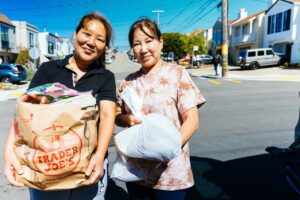
“Fish and chicken are very important for us as Chinese people. Without fish and chicken, it wouldn’t be a holiday!” – Mimi (left) and Amy (right), Food Bank participants
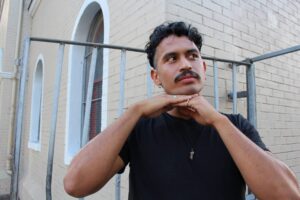
“It’s definitely menudo and pozole season – those big bowls of warm soups! And tamales with a big cup of atole. Tamales are what I’m most excited to eat – that’s really what lets me know the holidays are here.” – Omar, volunteer at Food Bank partner La Raza CRC
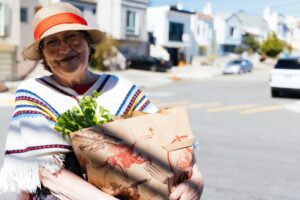
“My tradition is always making Christmas lasagna, using spinach in the ricotta so there’s green and red from the tomatoes. [It makes me think of] back in my younger days when I could entertain, and having friends and family over – just good times.” – Deirdra, Food Bank participant
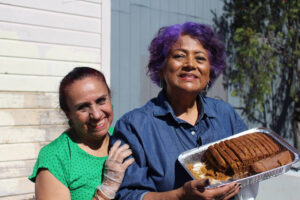
“Calabaza en tacha is a type of sweet pumpkin dish. It’s delicious, and the texure is very smooth. You caramelize the pumpkin with piloncillo (pure cane sugar). It’s a sugar bomb, and a very special Mexican recipe for Semana Santa and Día de los Muertos!” – Norma (left) and Gloria (right), Food Bank volunteers
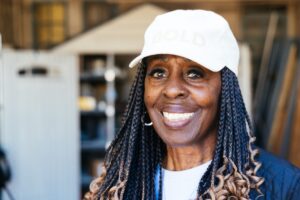
“My candied yams are a family recipe that goes back many generations – it makes me think of my great-grandmother and my great-aunt. For the spices, you need brown sugar, allspice, cinnamon, nutmeg, cloves, vanilla flavoring, a pinch of salt and lots of butter. It’s so good!” – Beverly, Food Bank participant
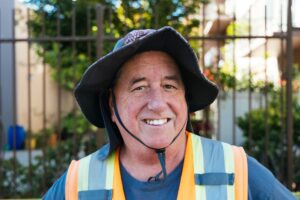
“I always make this for the holidays — it’s my tradition. Steam some brussels sprouts whole, then drop them in an ice bath and then quarter them. Chop up some thick bacon, cook that, then add half a cup of finely diced garlic. Toss in the brussels sprouts and some caraway seeds, get it nice and hot, and you’re done!” – Sean, Community Coordinator at the Food Bank
Thanks to our community for sharing out their favorite recipes – we hope you can garner some inspiration for your next holiday feast. Happy Holidays!
Help Us Set the Table
Grocery prices are up 13% compared to 2021 - and our neighbors need your support.
Invest in Community

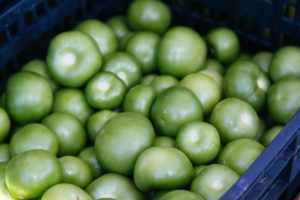 CROps is an effort to provide more culturally responsive foods and more choice for our Black and Latinx participants, By supplying culturally relevant items people like and know how to use in the kitchen, this pilot hopes to increase satisfaction with the food choices offered,
CROps is an effort to provide more culturally responsive foods and more choice for our Black and Latinx participants, By supplying culturally relevant items people like and know how to use in the kitchen, this pilot hopes to increase satisfaction with the food choices offered, 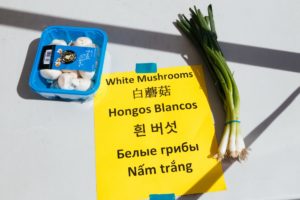
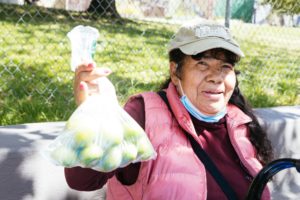 We also caught up with Maria at Cesar Chavez Pop-up Pantry, who is recovering from an operation on her stomach to remove a tumor: “I can’t eat out – my stomach is really fragile from the operation. Street food makes me sick. So, I need to cook at home, for my health.” New food and spice choices, like tomatillos and oregano, allow Maria to make comforting foods that aid her recovery.
We also caught up with Maria at Cesar Chavez Pop-up Pantry, who is recovering from an operation on her stomach to remove a tumor: “I can’t eat out – my stomach is really fragile from the operation. Street food makes me sick. So, I need to cook at home, for my health.” New food and spice choices, like tomatillos and oregano, allow Maria to make comforting foods that aid her recovery. 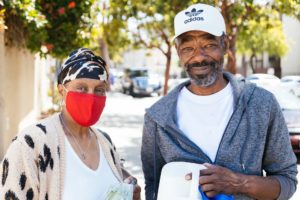

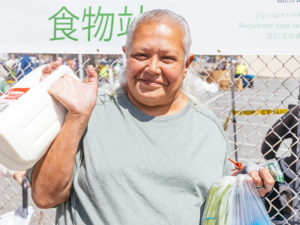 the past 40 years, and understandably, she’s seen the city change a lot in her time here. “When I came here [in the 80s], you could buy a thousand wonders for $50. You could fill the refrigerator for at least a month [for $50]. Now, everything is so expensive. There are times when there’s not enough to buy food. It’s terrible.”
the past 40 years, and understandably, she’s seen the city change a lot in her time here. “When I came here [in the 80s], you could buy a thousand wonders for $50. You could fill the refrigerator for at least a month [for $50]. Now, everything is so expensive. There are times when there’s not enough to buy food. It’s terrible.” 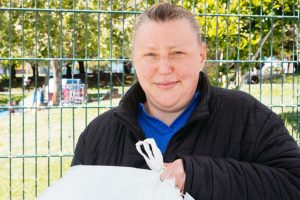 now, Anna is working anywhere from six to seven days a week as a nurse at Highland Hospital, and teaching UCSF nursing students as well. She stops by Cesar Chavez Pop-up Pantry to pick up food for her parents on her one day off.
now, Anna is working anywhere from six to seven days a week as a nurse at Highland Hospital, and teaching UCSF nursing students as well. She stops by Cesar Chavez Pop-up Pantry to pick up food for her parents on her one day off. 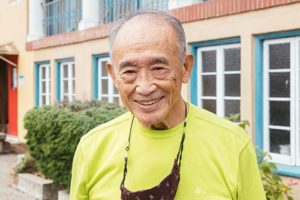 Covenant Presbyterian sits at the corner of 14th Avenue and Taraval Street and is deeply embedded in San Francisco’s Sunset District.
Covenant Presbyterian sits at the corner of 14th Avenue and Taraval Street and is deeply embedded in San Francisco’s Sunset District.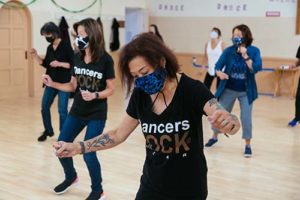 By 10:15 – just as dancers are making their way upstairs – volunteers are downstairs cleaning up the food pantry. Week three after a more than year-long hiatus everyone is excited to be back.
By 10:15 – just as dancers are making their way upstairs – volunteers are downstairs cleaning up the food pantry. Week three after a more than year-long hiatus everyone is excited to be back.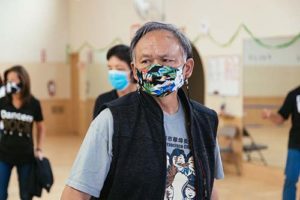 Just like the dance class, the pantry draws a loyal following of volunteers. Ranging in age from teenagers to over 90-year-olds, many have been coming since the pantry first opened its doors 15 years ago.
Just like the dance class, the pantry draws a loyal following of volunteers. Ranging in age from teenagers to over 90-year-olds, many have been coming since the pantry first opened its doors 15 years ago.
Share